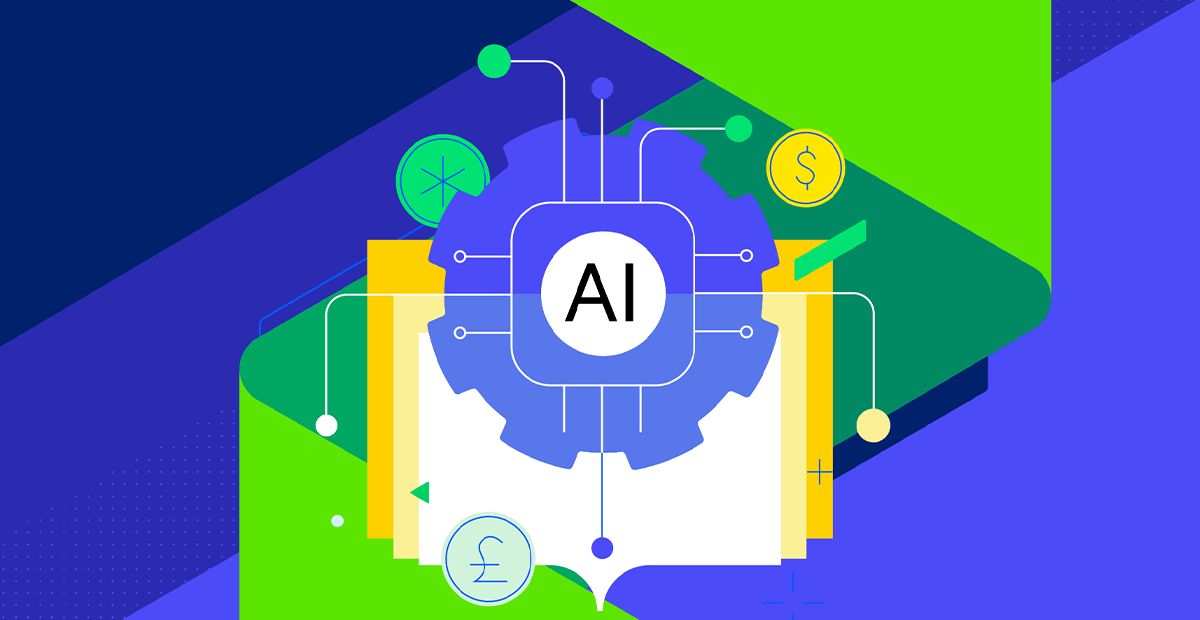
Generative AI, once a niche research project, has now become one of the most heavily invested-in and widely experimented technologies in recent years. Organizations are eager to capitalize on this technology and achieve the business benefits promised by its advocates. However, given the intricate nature of the enterprise technology landscape, and widespread concerns about accuracy and security, the question is: which use cases can generative AI address that will deliver tangible business value?
Before we can answer this question, there’s a significant amount of groundwork to be done. This includes accessing your data, securely feeding it to the generative AI and fine-tuning the various parameters at your disposal so the results you obtain from your prompts are accurate and reliable. As we discussed in our popular ebook, at the center of this process, you need clean, well-structured data that has been tagged, classified and interconnected using an enterprise knowledge model that mirrors your business and applies crucial context to data. This is where the deep comprehension and generation capabilities of language models come into play, along with the unique knowledge of each organization’s proprietary data. A semantic query of the knowledge graph embedded in your data can augment your prompt to the generative AI.
Three Key Use Cases for Generative AI
Drawing from our previous work with enterprise data, discussions with customers and partners and our experience deploying technology in some of the world’s largest, most complex enterprise architectures, we’ve identified three key use cases that deliver value swiftly, help maintain control of the output and can be built upon for multiple use cases. These can be iteratively developed for future use across the business, as well as for new use cases, thanks to the Progress Data Platform and overall agile nature of Progress technology products.
Smarter Content Authoring
You can revolutionize how you create content by using a generative AI that leverages Retrieval Augmented Generation (RAG). As you type, the generative AI can find connections between different parts of your work, enhancing the overall consistency and depth of your content. It can pull in more insights and context relevant to your topic, enriching your content and making it more informative and engaging. This can be particularly useful for technical documentation, blog posts, reports and other forms of written communication where depth and detail are crucial.
Enhanced Search Q&A and Chatbot Applications
RAG-based generative AI can significantly enhance the capabilities of search Q&A and chatbot applications. It can retrieve content more relevant to the user’s query about your product or service, improving the user experience and increasing customer satisfaction. For instance, if a user asks a complex question about a product, the generative AI can understand the context, retrieve the most relevant information and provide a precise and comprehensive answer. This can reduce the time users spend searching for information and increase their trust in your product or service.
Dynamic Content Publishing
With a RAG-based generative AI, you can transform the way you serve content to your end users. As users interact with your platform, the generative AI captures their prompts and responses, using this information to serve content most relevant to their needs. For instance, it can dynamically enhance your organization’s FAQ page based on the most popular queries or populate web pages with content tailored to user interests. This not only improves the user experience but also lowers the barrier to entry for your customers, making your products or services more accessible and appealing. This agile approach to content publishing can significantly boost user engagement and satisfaction.
What’s Next?
Generative AI—and more specifically, RAG-based generative AI—holds great promise for the future of business. This technology, built on an agile, semantically enabled data platform, is poised to revolutionize how we interact with data and generate content. It offers the promise of smarter content authoring, enhanced search capabilities and dynamic content publishing—all tailored to the unique needs of your business.
Still, the journey to fully realizing this potential is not without its challenges. It requires a deep understanding of your business, a clear vision for the future and a commitment to investing in the necessary infrastructure. With these elements in place, the rewards can be significant.
As we stand on the brink of this exciting new era, we invite you to join us in exploring the possibilities of a RAG-based generative AI. Together, we can shape the future of business, delivering value quickly, maintaining control of the output and building a foundation for multiple use cases that can be iteratively developed for future application across your business. The future is here, and it’s powered by generative AI. Let’s embrace it together.
To learn more about how to unleash the power of generative AI systems in your organization, download our free ebook.
Philip Miller
Philip Miller serves as the Senior Product Marketing Manager for AI at Progress. He oversees the messaging and strategy for data and AI-related initiatives. A passionate writer, Philip frequently contributes to blogs and lends a hand in presenting and moderating product and community webinars. He is dedicated to advocating for customers and aims to drive innovation and improvement within the Progress AI Platform. Outside of his professional life, Philip is a devoted father of two daughters, a dog enthusiast (with a mini dachshund) and a lifelong learner, always eager to discover something new.